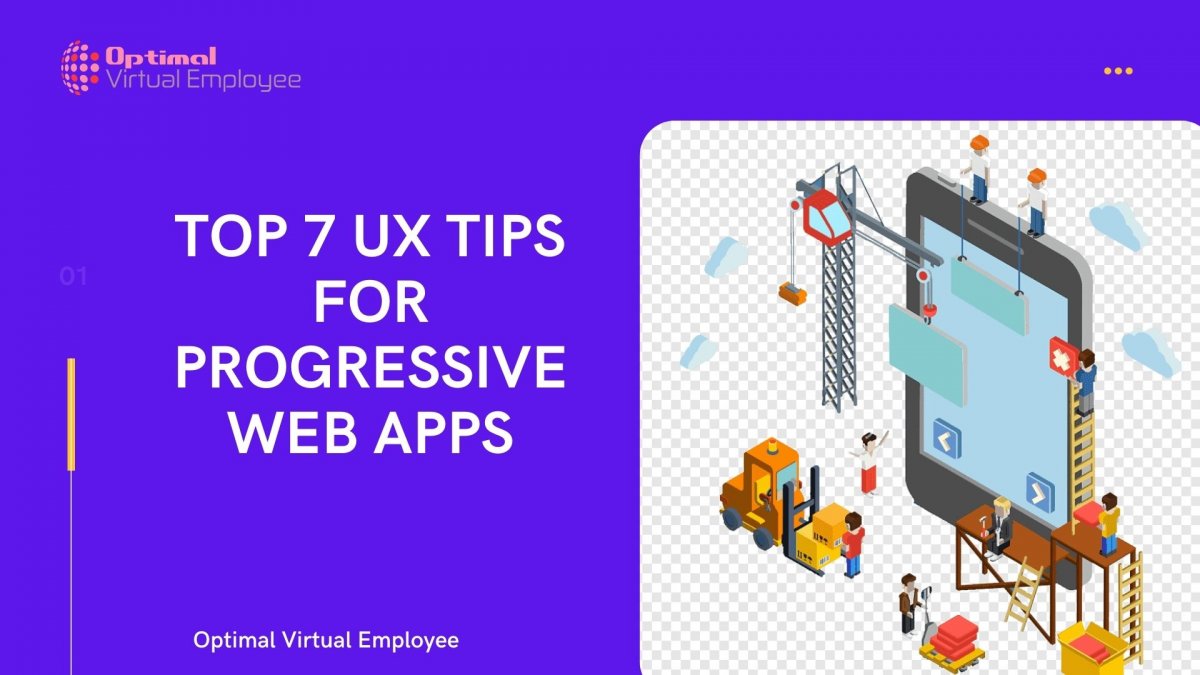Gorgeous hybrids between stand-alone web products and mobile apps, Progressive Web Apps are a rage today. Users love the app like experience delivered to their browsers. Without any need to make any download or use of hardware, Progressive web apps can be used offline and still are functional enough to solve their purpose. Web development experts adore the concept because of its platform-independent nature along with cost-effectiveness it offers.
However, web development for PWAs is not as simple as it sounds. A software product that boasts of being a mix of an app and a website poses its unique challenges in terms of UX design. Businesses hire a web developer to create PWAs that behave like native apps while they function in the browser, ensuring the finesse of desktop software.
After years of working with different businesses to create engaging PWAs, here are our two cents on UX design for PWAs:
- Make the App Icon Stand Out
The app icon can be a sneak peek for a user into what the app offers, so pay distinct attention to it. Design an app icon based on the guidelines of native apps, so that it is distinctive and novel enough to stand out on different backgrounds. It’s imperative to incorporate important design elements like shades into the app icon.
- Reduce Load Times
It’s important that a user must not be discouraged with taxing load times when they use a PWAs. Instead, the user experience for PWAs must feel like that of a native app that runs locally. Suppose slow network connection causes the PWAs to load slowly. In that case, businesses must hire web developers and get them to follow a cache first approach instead of a network first approach to ensure that the bare minimum elements load first.
When it comes to PWAs, the server and the network are not the only players involved. Web development experts who prioritize speed right from the time a PWA is designed, they plan to optimize the information displayed on pages, pics and login details etc. Keep testing the PWA and aim for a loading time of fewer than two seconds. It’s best to incorporate some elements for the entertainment of the users as they wait.
- Optimize Cache Efficiency
Google advises all web development experts to stick to the PRPL pattern when it comes to practical web development. Businesses must hire web developers to push critical resources, render initial routes and pre-cache routes. Web developers can then let the remaining parts lazy load to create good first impressions and optimize cache efficiency.
- Incorporate Responsive Content
It’s common knowledge that native apps are responsible by default. Developers love native apps for their space optimization. Businesses need to hire web developers to build PWAs that offer the best UX. Placeholder content can be used as the content loads to prepare the users for what’s upcoming. It can also minimize the jumping image effect that disrupts the UX if the size is not set appropriately beforehand, and the designer fails to resize the image dynamically.
- Maintain Constant Communication
As the speed of technological innovation changes, the way a user interacts and uses the devices also changes. Modern app users expect instant feedback and gratification and are not habituated to wait or wonder about the progression of the resolution of their doubts, queries and problems.
Seasoned web development experts acknowledge every command from the user in one way or the other by highlighting actionable taps or device vibrations etc. Steer off a flawed or crowded design to avoid unwanted behaviours like opening an item while scrolling the list etc. Feedback is best reserved for issues that demand a reply from the system. Web developers should duly note selecting buttons and other interactive items in the CSS instead of leaving them as plain text.
- Polish Touch Implementation
PWAs invite commands from users primarily through device touchscreens. Hire web developers to build app navigation patterns with hints that point towards touch options and icons that denote their functions. Another basic rule for maximizing efficiency is that the keyboard should never hire the message being written by the user. Users often face this problem in the landscape mode and must be avoided by scrolling the element into the view.
- No Fancy Fonts
While fonts can give your progressive web apps a distinct character, web developers must spend time looking at their goals and deliverables together as fonts are only a channel to deliver the intended messages, its best to match the operating system’s native preferences in terms of font selection. It creates a comfort level for the user to interact naturally, sans any visual distractions.
In the End
PWAs have revolutionized the concept of web apps. They bring forth brilliant possibilities of building feature-rich experiences on mobile web with recently standardized features in JavaScript and web browsers. Web developers must unlearn everything they have already picked and incorporated a sense of minimalism when they get down to doing PWAs. Sticking to basic page elements, eliminating all meta information, incorporating all links and buttons sparingly and using dynamically actionable like tap and swipe helps web developers stick to Google’s material design standards for PWAs.
Web development experts must steer clear of conventional UX design pitfalls when they do PWAs. We hope this piece enlightens you about the same.
Looking to hire a web developer? We are just a call away!
Also read:









